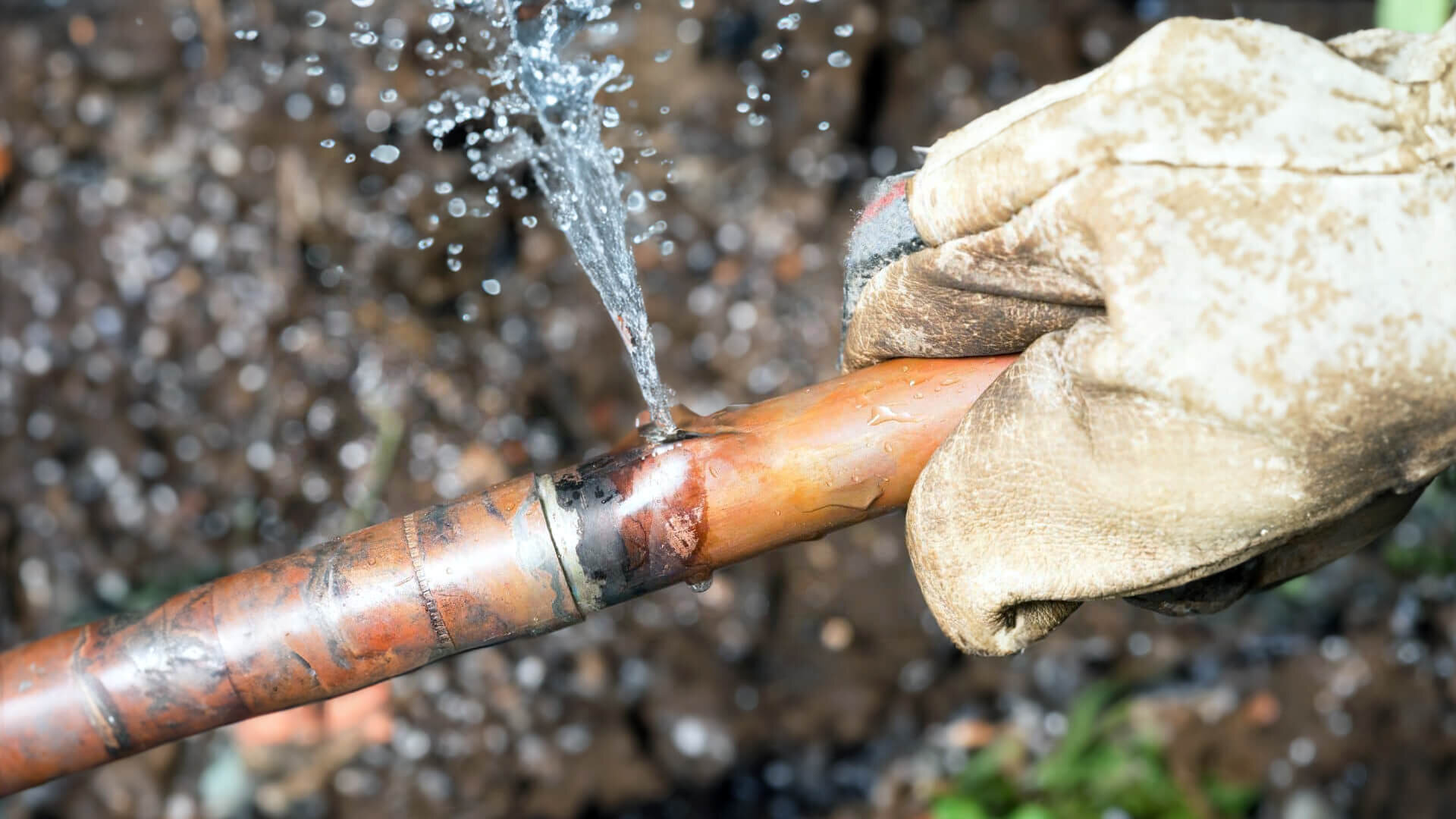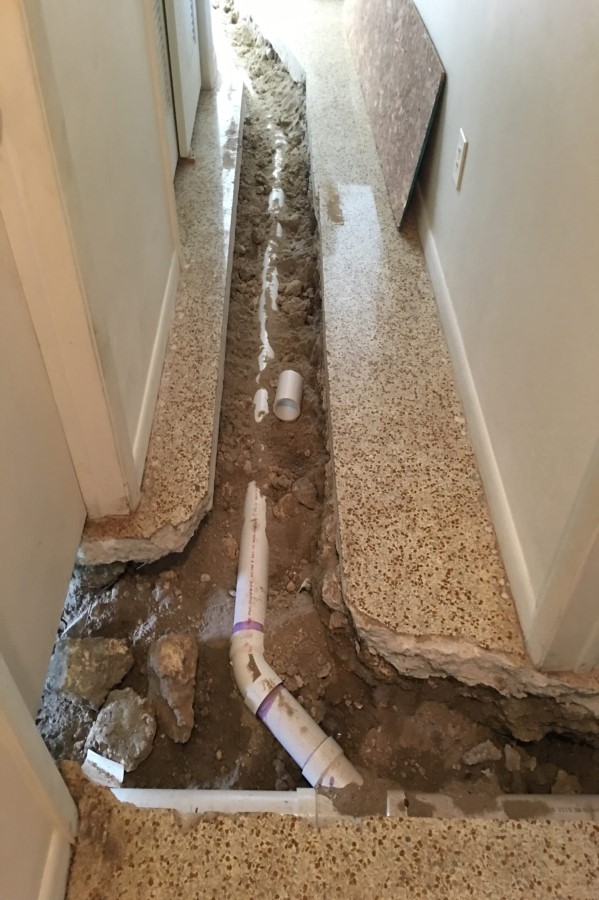How to Handle a Burst Pipe: Essential Steps for Immediate Action
Protecting Against Burst Water Lines: Important Tips to Protect Your Pipes
Avoiding ruptured pipes is a vital issue for property owners, especially during colder months when the risk of cold is increased. Implementing strategic actions such as correct insulation, routine evaluations, and preserving consistent interior temperature levels can significantly decrease the possibility of pipe failing. In addition, comprehending emergency treatments furnishes property owners to react swiftly to potential plumbing issues. However, many are unaware of the details vulnerabilities that their pipelines may encounter. Checking out these susceptabilities can provide indispensable insights into safeguarding your pipes system properly.
Understand Pipe Vulnerabilities
Recognizing pipeline vulnerabilities is essential for reliable plumbing upkeep and stopping costly damages. A number of factors add to the sensitivity of pipelines to bursts, including material composition, age, and ecological conditions. Older pipes, specifically those made from galvanized steel or polybutylene, frequently break down in time, resulting in boosted threat of ruptures and leakages.
Temperature fluctuations can additionally substantially impact pipe honesty. In colder environments, water trapped in pipelines can freeze, applying and increasing pressure on the pipe wall surfaces, which may eventually cause a burst. Additionally, high water pressure can stress pipelines, especially at joints and bends, heightening the possibility of failing.

Insulate Water Lines Properly
Correct insulation of pipelines is crucial for avoiding freezing and succeeding ruptureds throughout winter (burst pipe). Protecting your pipes system properly safeguards against temperature level goes down that can lead to expensive damage. Begin by determining susceptible areas where pipes are subjected to outside temperature levels, such as cellars, attic rooms, and outside wall surfaces
Usage foam pipeline insulation sleeves or cover insulation tape around these locations to give a safety obstacle. Make sure that all areas of the pipelines, specifically those with minimal warm exposure, obtain adequate insulation. Pay special focus to joints and installations, as these are extra at risk to cold.
When protecting, it's necessary to select products that satisfy regional building regulations and are ideal for the certain environment. Fiberglass insulation is typically suggested for its thermal resistance residential properties. Furthermore, think about using warm cables or tape in severe problems, which can be plugged in to give supplemental warmth
Consistently check insulated pipelines for any type of signs of wear or damage, as endangered insulation can reduce its effectiveness. By taking these positive measures, you considerably reduce the threat of pipe bursts, making certain a trustworthy plumbing system throughout the wintertime months.
Maintain Regular Temperature Level
A stable interior temperature is necessary for stopping burst pipelines during the icy months. When temperatures decrease, water within pipes can ice up, creating and broadening pressure that might eventually create the pipes to ruptured. To reduce this threat, property owners need to preserve a consistent temperature throughout their space, ideally no reduced than 55 ° F(13 ° C)Using a programmable thermostat can help handle interior temperatures successfully, making sure that areas with pipes continue to be cozy also when your house is vacant. Pay unique focus to locations that are more prone to cold, such as garages, basements, and attics. Keeping closet doors open under sinks can also allow warmer air from the home to flow around pipes.
This minor flow of water can protect against freezing by reducing stress within the pipelines. By implementing these approaches, house owners can considerably lower the threat of pipe ruptureds and secure their plumbing systems versus the harsh wintertime elements.
Regularly Check Plumbing
Routine evaluations of plumbing systems are essential for preventing burst pipelines and preserving general home stability. Routine checks enable homeowners to recognize possible concerns prior to they intensify into pricey repair services or major water damages. Throughout these evaluations, it is essential to take a look at noticeable pipes for indications of deterioration, leaks, or put on. Pay special attention to locations vulnerable to freezing, such as basements, attic rooms, and exterior walls. see page
Additionally, examining links and joints is essential, as these points are typically prone to leakages. Home owners need to also evaluate water pressure levels, as extreme stress can stress the pipes system and raise the threat of pipeline ruptureds.
Think about organizing expert plumbing evaluations at least when a year, specifically before winter months, to ensure your system is prepared for cooler temperatures. By being proactive in your technique, you can safeguard your home against the expensive and turbulent repercussions of ruptured pipelines.
Know Emergency Treatments
Recognizing emergency treatments is crucial for every homeowner, specifically after performing normal plumbing inspections. Being prepared for a plumbing emergency situation can dramatically alleviate damage and conserve costs.
Next, maintain necessary tools useful. A pipes emergency situation set ought to consist of a wrench, bettor, and towels, in addition to a flashlight and a container for small leakages. In addition, consider having the contact info Resources for a trusted plumbing easily offered, ought to the situation rise past your control.
If you identify a leak or ruptured pipe, immediately switch off the water and inform your plumbing technician. Additionally, document the damages with photographs for insurance coverage objectives. burst pipe. Understand the indicators of prospective pipes concerns, such as uncommon water stress changes or damp places on walls
Eventually, proactive expertise and swift activity are essential in managing pipes emergency situations, ensuring your home remains safeguarded and decreasing prospective damage.

Final Thought
Finally, protecting against ruptured pipes demands a diverse approach that consists of understanding pipeline vulnerabilities, correct insulation, preserving regular interior temperature levels, normal examinations, and knowledge of emergency treatments. By applying these vital techniques, the risk of pipes failings can be substantially lowered, therefore guaranteeing the durability and efficiency of the pipes system. Proactive procedures not only guard against potential damages pop over to these guys yet also add to general water preservation and the defense of residential property.
In chillier environments, water caught in pipes can freeze, putting in and expanding stress on the pipeline walls, which may inevitably lead to a ruptured. When temperatures decrease, water within pipes can ice up, creating and expanding stress that might inevitably cause the pipes to burst. By carrying out these techniques, home owners can significantly decrease the risk of pipe ruptureds and safeguard their plumbing systems against the severe wintertime aspects.
